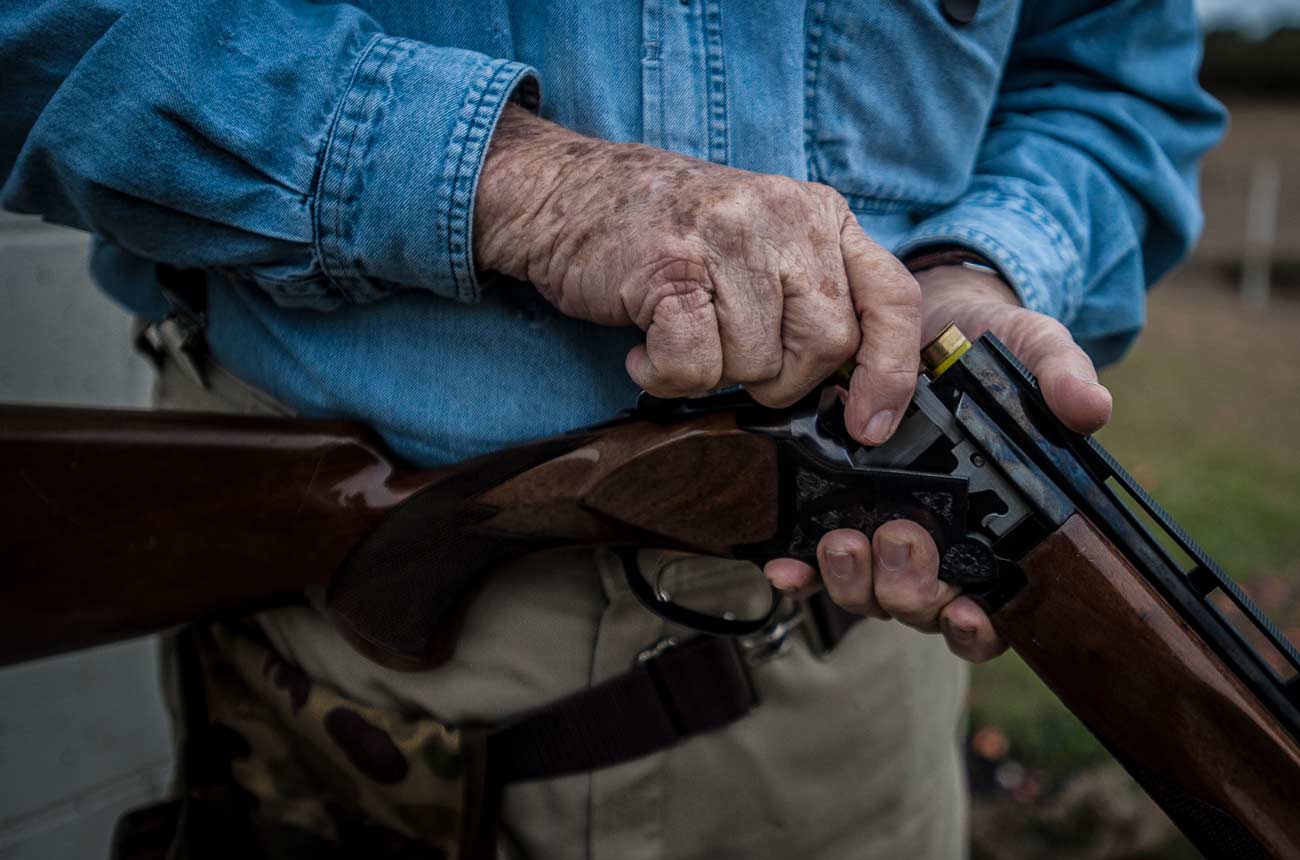
13th Feb 2018
How To Store Your Shotgun
On the face of it, storing a shotgun may seem like a relatively simple topic. Naturally there are safety concerns to be aware of, but how complicated can storing a shotgun actually be? It’s important to stress here that, your local laws may differ and require more than we cover in this article. If you’re shooting firearms or intend to, you should be update to date with the law and its requirements of you regardless.
First and foremost, you need to be compliant with the law and it’s important to remember that your local police’s firearms department will consider each case individually.
Storing Shotguns Legally
The “safekeeping condition” that you can find on a shotgun certificate requires that shotguns…
“must be stored securely to prevent, so far as is reasonably practicable, unauthorised people taking or using them.”
An unauthorised person, in this case, also includes someone who does not hold a shotgun certificate.
So, how do you fulfil this requirement? The home office has issued guidance which can help you on your way to being a fully legal and compliant shotgun owner. The guidance from the home office is that shotguns should be stored in a locked gun cabinet or similarly secure container. Naturally, a securely build gunroom or cellar is equally acceptable, providing access is as restrictive as a traditional wall mounted gun cabinet or safe.
A gun cabinet should be made from a minimum of 2mm thick steel and continuously welded at all seems. Lock mechanisms should be to BS3621 standard and hinges should be internal. If hinges are exposed, they should have sufficient protection, such as hinge bolts, blocks and anti-level bars.
The cabinet should be installed in a room which, ideally, has no direct access to/from the outside of the building – not a garage, shed or outbuilding. The cabinet needs to be fixed to the structure of the building, such as bricks or to a solid floor.
Surprisingly, there are no regulations or restrictions on how you may store shotgun ammunition. However, naturally common sense applies here. A separate, locked box is a smart added security measure.
Storing Shotguns Safely
Naturally, everything with firearms comes down to safety. However, when we say safety, we mean the safety of the firearm itself. If you’re putting your trusted and loved firearm into storage, you need to know that when you get it back out again – be it tomorrow, or in 6 months – that it’s going to be in the great condition that you left it in.
Following on from the above’s recommendations on where you should put your shotgun cabinet, there are a few considerations to make for the safety of your firearm. Primarily, temperature changes can be damaging to your shotgun. You need to put it in a place where the temperature is stable. This will avoid any potential moisture build up from condensation, which can lead to corrosion and rust. Similarly, ensure that cabinet is placed in a dry place for the same reasons, not outdoors in a damp shed or garage.
When it comes to placing your shotgun into storage, ensure that you go through the necessary prep work to ensure that the gun is protected.
- Clean your shotgun before placing it into storage. Dirt, grime and carbon build up will harbour moisture and encourage corrosion. Clean your shotgun thoroughly to avoid corrosion.
- Oil essential moving parts. Ensure that you properly lubricate moving parts like actions and bolts, to prevent seizing whilst in storage.
- Wipe down the exterior of the weapon with a light film of silicone oil. This light film will prevent moisture from causing rust and corrosion. Our sportsman’s cloth is impregnated with silicone oil to make this process quick and easy.
- Place your shotgun into its proper storage cabinet (outlined above). We suggest that you store your shotgun with the barrel facing down. Whilst this isn’t intuitive, it prevents any excess oil from leaking or dripping onto the wooden stock and fouling its finish.
